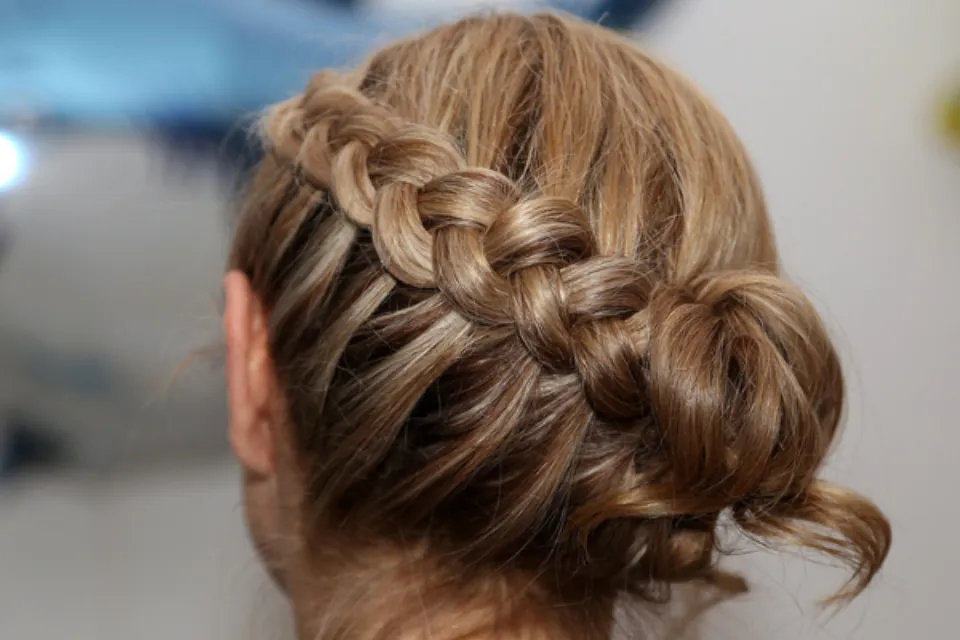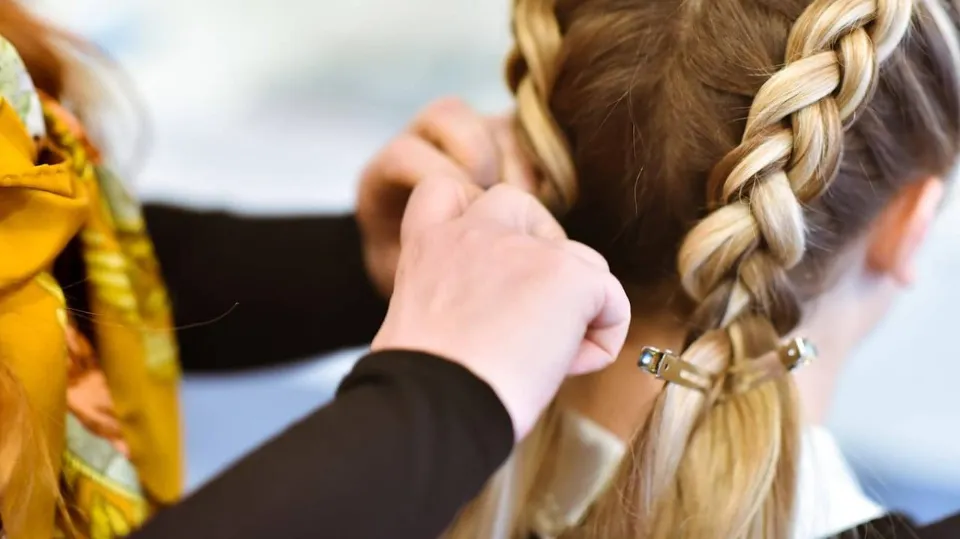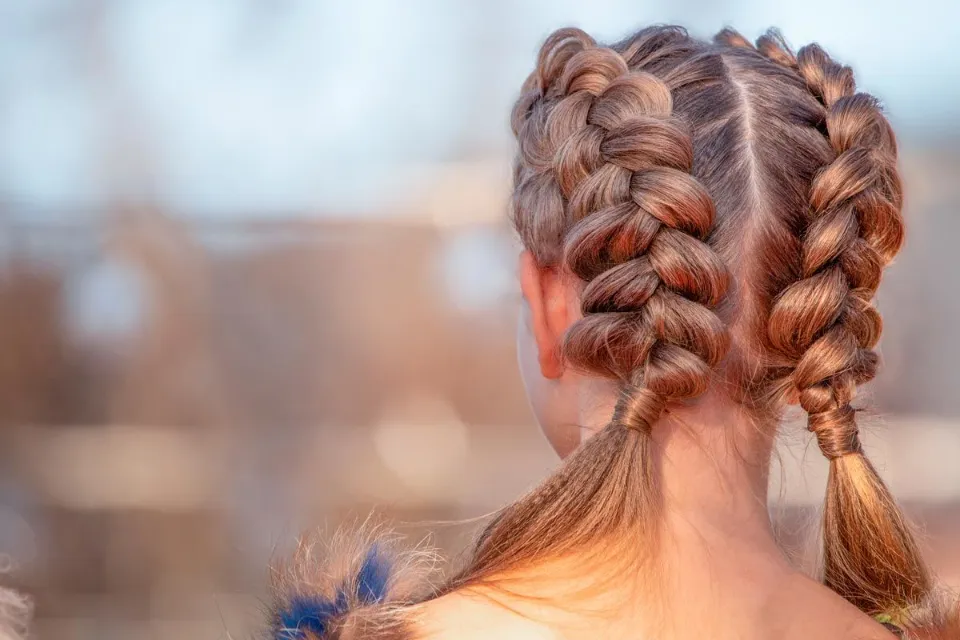The Dutch braid has been a popular hairstyle for many years. Wondering are dutch braids cultural appropriation? You are in the proper location.
Black culture is undeniably represented by hairstyles like cornrows and box braids, and wearing them if you don’t belong to that culture is regarded as cultural appropriation.
Normally, wearing Most of the time, Dutch braids are not regarded as cultural appropriation.
It can be difficult to understand why some braids—like Dutch braids—are acceptable while others aren’t because of their similarity to other types of braids. Take wearing Dutch braids as an example.
Where Dutch Braids Originate?
Even though it can be difficult to pinpoint the exact location where a hairstyle was created and first worn, all available information about these braids seems to point to South Africa as their likely place of origin.
From there, the Dutch braid style bled out into other parts of the world, eventually becoming so popular in the Netherlands that they earned the name “Dutch braids”.
It can be challenging to tell which braiding style a person is sporting in old works of art because Dutch braids and French braids have such a similar appearance.

A woman wearing either a Dutch or French braid is depicted in a cave painting from more than 6,000 years ago, which is the first known instance of one of these braids being worn.
When you dig deeper into the braiding past, you’ll discover that almost all of the different braiding styles have their roots in Africa, primarily in North, West, and South Africa.
Even though the history of braids as a whole is very long and fascinating, the origins and ascent to popularity of Dutch braids are fairly straightforward.
Read More: Dutch Braid Vs French Braid
Are Dutch Braids Cultural Appropriation?
Despite the name, Dutch braids didn’t actually originate in the The Dutch braid was created in South Africa, where many other braiding techniques also originated, as a means of keeping hair in place while also shielding the scalp and hair from the scorching sun.
Simply put, the Dutch were the first non-Dutch culture to use the Dutch braid in daily life.
Due to their extreme convenience, Dutch braids had to take off and become well-known all over the world.
Dutch braids are an elegant and useful hairstyle that became so popular in the Netherlands that when it spread to other parts of the world, it was given the name Dutch braids.

The French braid, a different type of braid that doesn’t have its origins in the same location as Dutch braids, is very similar to Dutch braids.
The French braid, an inverted variation of the Dutch braid, was first observed on female wearers in North Africa. Anyone can wear French braids without it being considered cultural appropriation, just like the Dutch braid.
So, while Dutch braids were first originated in South Africa nearly 5000 years ago, they don’t hold any important cultural significance like other hairstyles like dreadlocks.
Dutch braids were so popular in the Netherlands and other places throughout the world for thousands of years that wearing them now is not considered cultural appropriation.
Related Reading:
Cultural Significance of Dutch Braids
There is no real cultural significance linked with Dutch braids specifically, even though other styles of braids do carry this significance in a big way.
Many old Dutch paintings of women sporting the Dutch braid, an inverted variation of the French braid, may be recognized.
The image of a Dutch woman wearing two Dutch braids and a pretty blue and white dress is still popular today, but this does not imply that the braids have any cultural significance for the Dutch people.
Dutch braids may have gained popularity in the But this isn’t because they are culturally significant; rather, it’s because they are viewed as an attractive and practical hairstyle.
However, braids have a strong cultural significance all on their own. The use of braids as both a hairstyle and a form of art has occurred, particularly in Africa. Other tribespeople, age, marital status, and a variety of other characteristics could all be determined by these braids.
In communities, braids were also used to strengthen interpersonal bonds such as those in families and friendships. In these communities, both men and women would wear these elaborate braids as a means of nonverbal communication.
One reason why wearing some braiding trends may be regarded as cultural appropriation is the significant and meaningful contributions braids have made to history.
What’s the Right Way to Go About It?
While braids are a style of hair that anyone can wear, it’s important to be aware of the risk of cultural appropriation when doing so.
The best way to prevent appropriating another culture is to become knowledgeable about the significance of the hairstyle before wearing it.
Many people consider Dutch braids only a hairdo and nothing more. But, what you consider “only a hairdo” might be held dear by many people from that culture.
Take the time to learn about Dutch history and culture if you intend to wear Dutch braids so that you can do so with respect.
Conclusion: Are Dutch Braids Cultural Appropriation
In summaty, there is no cultural appropriation happening when someone wears Dutch braids, and the same goes for additionally French braids.
Ask a member of that culture if something is appropriate if you’re not sure. And if you do make a mistake, admit it and move on.
We can all prevent cultural appropriation and respect the diversity and richness of the world around us by being more aware of and sensitive to it.
Read More:
FAQs about Dutch Braids
Are French Braids Cultural Appropriation?
While cornrows are considered cultural appropriation, French braids are generally acceptable.
What Braids Are Not Cultural Appropriation?
- French Braid
- Crown Braid
- Chinese Ladder Braid
- Three strand braid
Why Can’t I Do Dutch Braids?
Make sure that you are crossing under the middle strand and not over, otherwise the Dutch braid is ineffective.




